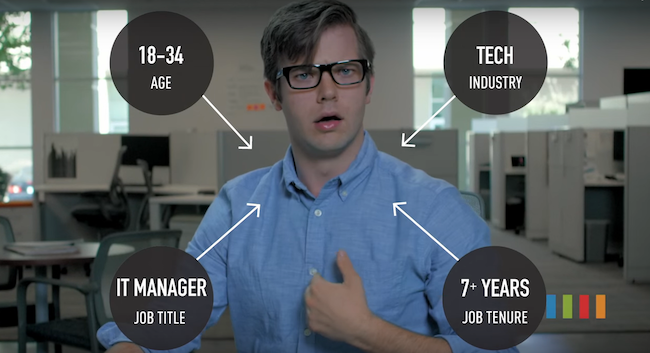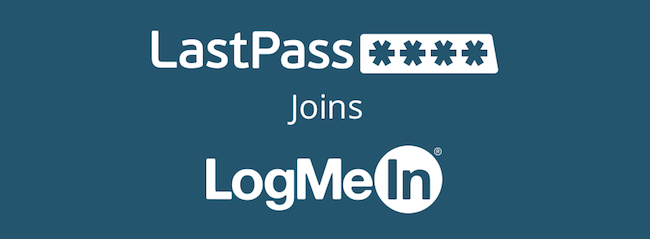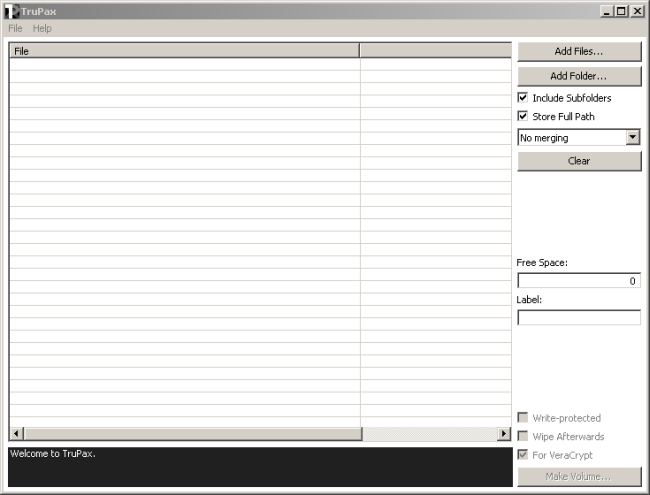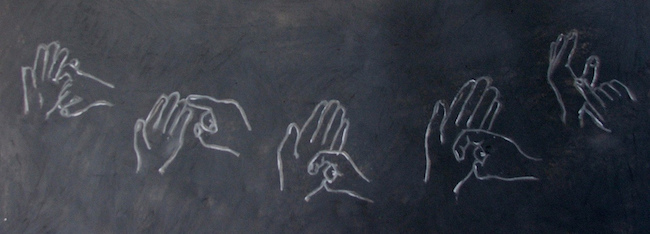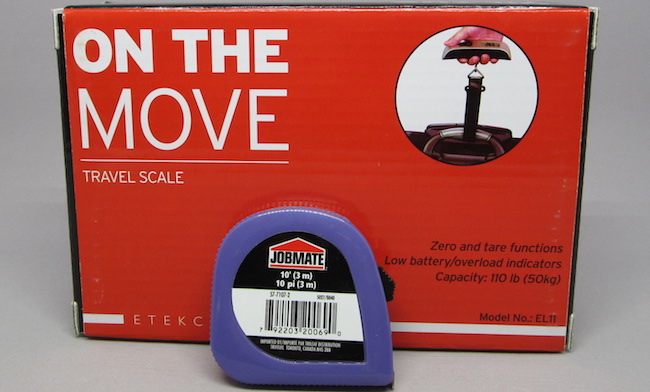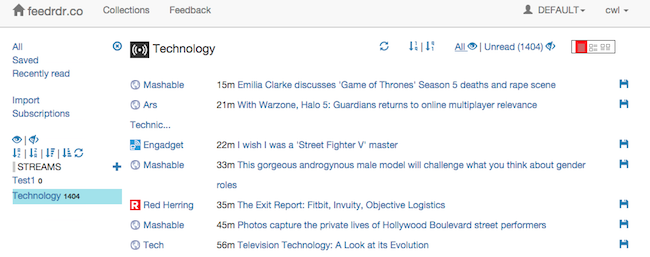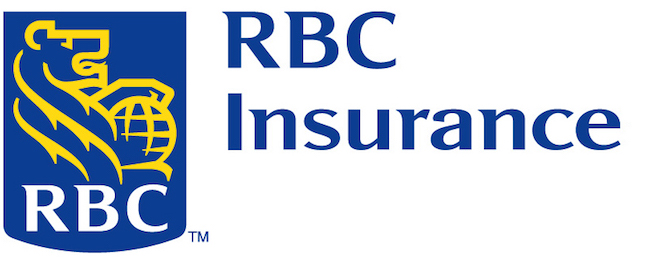Automattic, the makers of popular blogging software WordPress (this site is based on the self-hosted version), have released a newly re-vamped set of tools and software around the blogging platform.
I had been curious about the service for some time. Since I’m a driver, I didn’t really have a reason, nor did I have a chance to try a service that is courting significant controversy lately. Well, on an emergency client call, instead of walking, I forced myself to try the service.
Just like medical journals, it seems like every new day brings some new report or another on the “state” of technology. Some reports are “nothing is secure, and you can never be secure”, while others take a more restrained “Apple owns everything” approach. I’m always sceptical when I hear of these things…
With the recent support for Ad Blockers in iOS 9, many have been discussing the ethics of blocking advertisements on the mobile platform (and elsewhere). Up until the end of September, ad blockers were the #1 applications on Apple’s app store. The discussion about these has continued after Marco Arment pulled his ad blocking application named Peace. I wanted to offer my perspective on this.
You may have heard earlier this month that Logmein has purchased the password management tool LastPass. The announcement itself contained some very important information about how this tool might evolve, especially if you look at what they aren’t saying. This is most certainly bad news for Lastpass users.
I’ve recently found a great tool for archiving files. I really think you’ll want to check out truepax. This open source tool is cross-platform (made in java unfortunately), and it features
the ability to create TrueCrypt and Veracrypt containers on the fly. Even better, trupax doesn’t require the installation of those tools to work.
It’s a new CONTEST! This time, I’m giving away a small travel pack that includes a portable luggage scale and a measuring tape. Enter here.
This time around I came across a new RSS Reader named FeedRdr on Reddit, and offered my thoughts on the new tool. What follows is the impressions I posted there.
I’m always wary of “recent studies” (and the press surrounding them) because they really only exist to drive the public relations effort of one company by fueling the press for another. In these cases, everyone but the reader wins. When I first read of this RBC insurance study on distracted driving, I knew something wasn’t right. Then it hit me, their apparent conclusion was Canadians are basically ass*****.




